
New Porsche Panamera Launched in India at Rs 1.68 Crore
Regarding market rivals, the new-gen Porsche Panamera goes on to compete with the Mercedes-AMG GT63 S e-Performance 4-door Coupe in India, which is currently priced at Rs 3.3 crore (ex-showroom). The official bookings for the sedan are set to commence shortly.
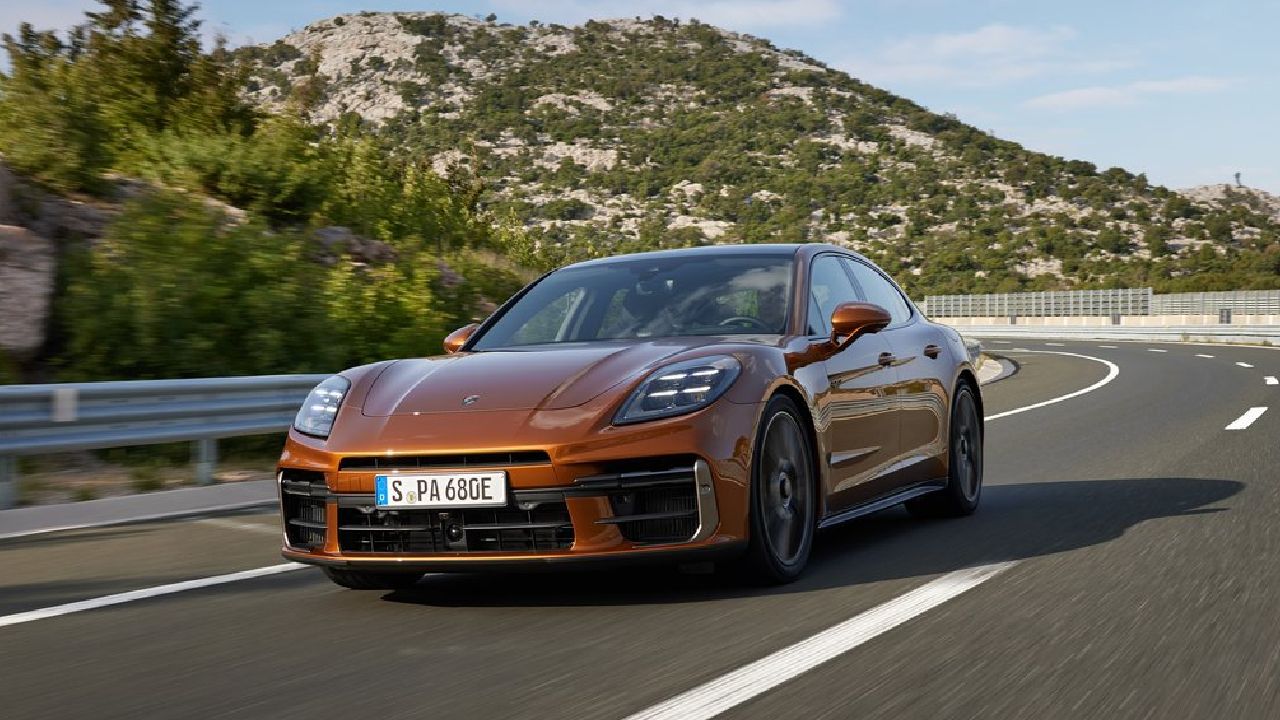
Porsche, the renowned German luxury car manufacturer, recently rolled out the third-generation Panamera sedan in the domestic market. With this, the model arrived on Indian shores exactly a day after it made its worldwide debut. The 2024 version of the Panamera has a starting price of Rs 1.68 crore. On its Official India website, the manufacturer has only listed the base-spec Panamera, which features a V6 unit that exclusively powers the rear wheels. For those unaware, the previous-generation V6 Panamera carried a price tag of Rs 1.57 crore. Regarding market competitors, the sedan goes head-to-head with the Mercedes-AMG GT63 S e-Performance 4-door Coupe in India, which is currently priced at Rs 3.3 crore. All mentioned prices are ex-showroom. Meanwhile, the official bookings for the new Panamera are set to commence shortly.
Also Read: Porsche Turbo Lineup to Come With Special 'Turbonite' Badge, Third-Gen Panamera Being the First
New Porsche Panamera: Appearance
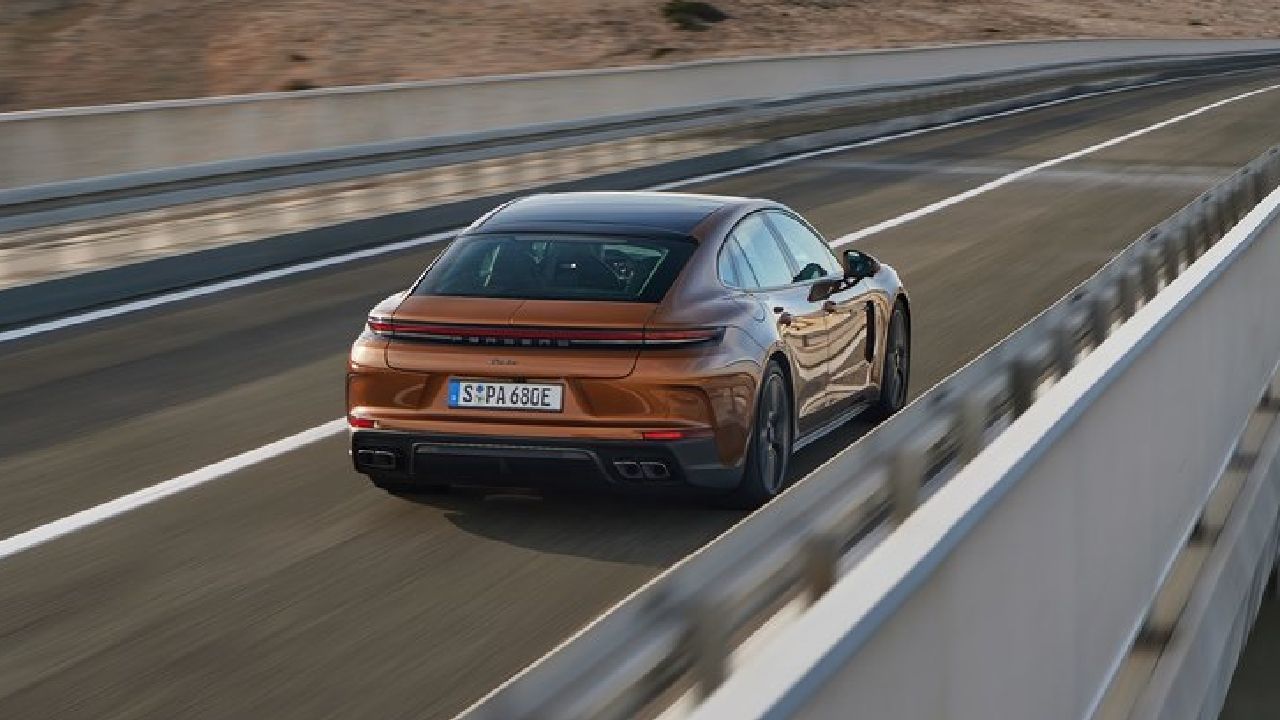
When it comes to the exterior appearance of the new-gen Panamera, it resembles the outgoing model. The front has been modified, though, with a new bumper that features wider air dams and redesigned headlamps that mimic those of the Taycan sedan. The broad tail lights at the back blend in nicely with the broader bumper cuts at the bottom. Certain exterior details are exclusive to the Turbo and E-Hybrid trim levels of the Porsche, which may not be accessible to buyers as they haven't been introduced in the country as of now.
New Porsche Panamera: Mechanical Specifications
Speaking of the global-spec model, the car's innovative hybrid drivetrain which comes standard with the Panamera Turbo E-Hybrid, produces 680bhp of maximum power along with 930Nm of peak torque, enabling it to reach 100km/h in 3.2 seconds. This is due to the new dual-clutch transmission's integration of a more potent electric motor. The engine has 108bhp and oil cooling for improved performance. Moreover, a 25.9kWh battery pack has been employed to power this.
On the other hand, the Panamera will only be available in India with a V6 engine first. The 2.9-litre twin-turbo unit producing 348bhp and 500Nm, represents a gain of 22.6bhp and 50Nm over the previous model. Power for the rear wheels is transferred to them via an eight-speed dual-clutch transmission. The V6 Panamera, according to the manufacturer, can attain a peak speed of 272km/h and boasts a 0 to 100km/h acceleration time of 5.1 seconds.
New Porsche Panamera: Suspension Setup
Two new suspension systems—fully active and semi-active—are also included with the new Panamera. Shock absorbers that are individually controlled for both compression and rebound help the semi-active system's two-chamber air spring design respond to undulations quickly. With its single-chamber air spring, the fully active suspension leverages the power of the hybrid system and offers a more comfortable ride than the semi-active setup.
Also Read: autoX Awards 2023: Porsche Cayenne Performance, Quality and Value for Money Ranked
New Porsche Panamera: Interior and Safety Features
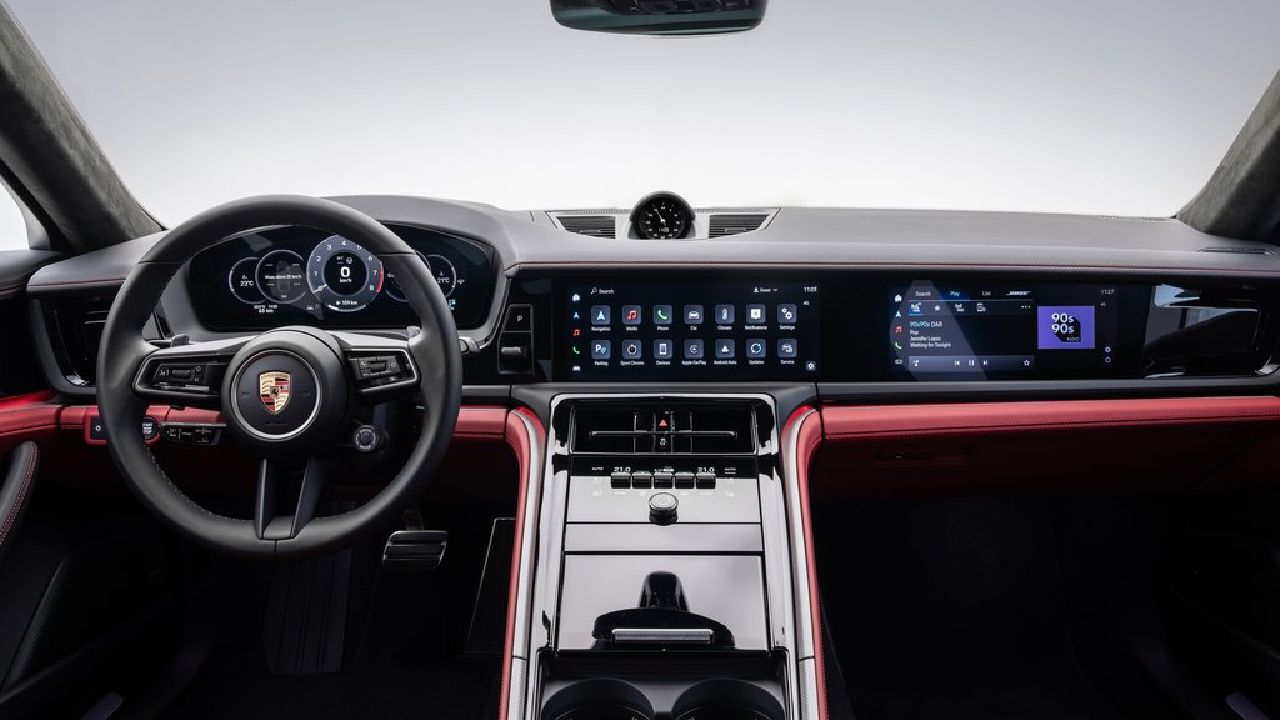
The interior layout of the new Panamera has been extensively updated, incorporating design cues from the Taycan and the new Cayenne. The 12.3-inch infotainment screen comes from the Taycan, whereas the 12.6-inch instrument panel is sourced from the Cayenne. In order to look over data or access media, the co-driver may choose to make use of a third 10.9-inch unit. Besides these conveniences, a redesigned steering and a gear lever on the steering column are among the other modifications. The infotainment display is the only way to control the airflow from the C-shaped air conditioning vents, much like with the Taycan. Once more, the standard Panamera offers a lot of these features as optional extras. The carmaker has further added more comfortable seats and altered the layout's shape to improve the amount of space in the back. These seats can be adjusted electrically. The media, seating, and air conditioning are all controlled by a display at the back.
Several airbags, an Electronic Stability Programme (ESP), a 360-degree camera, remote park assist, and ADAS technologies including adaptive cruise control, lane keep assist, and more ensure the protection of occupants.
Porsche Panamera [2017-2023]


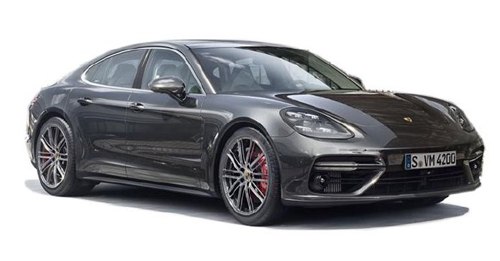
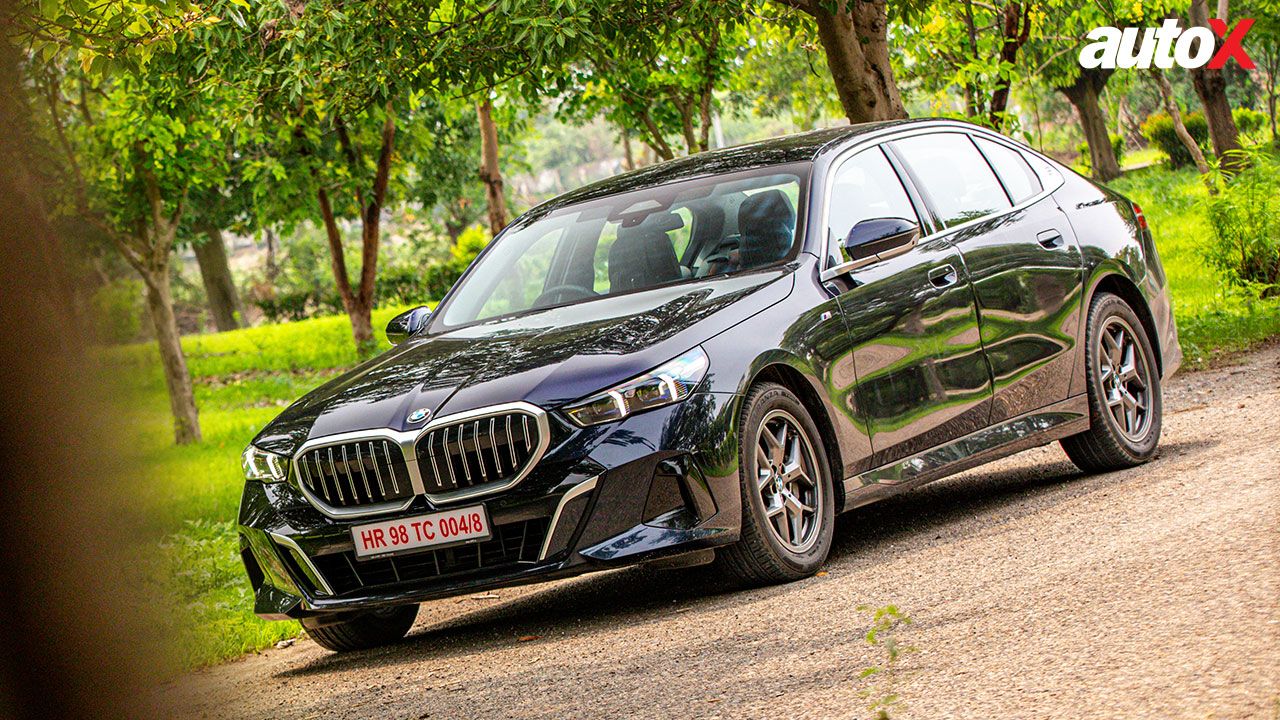
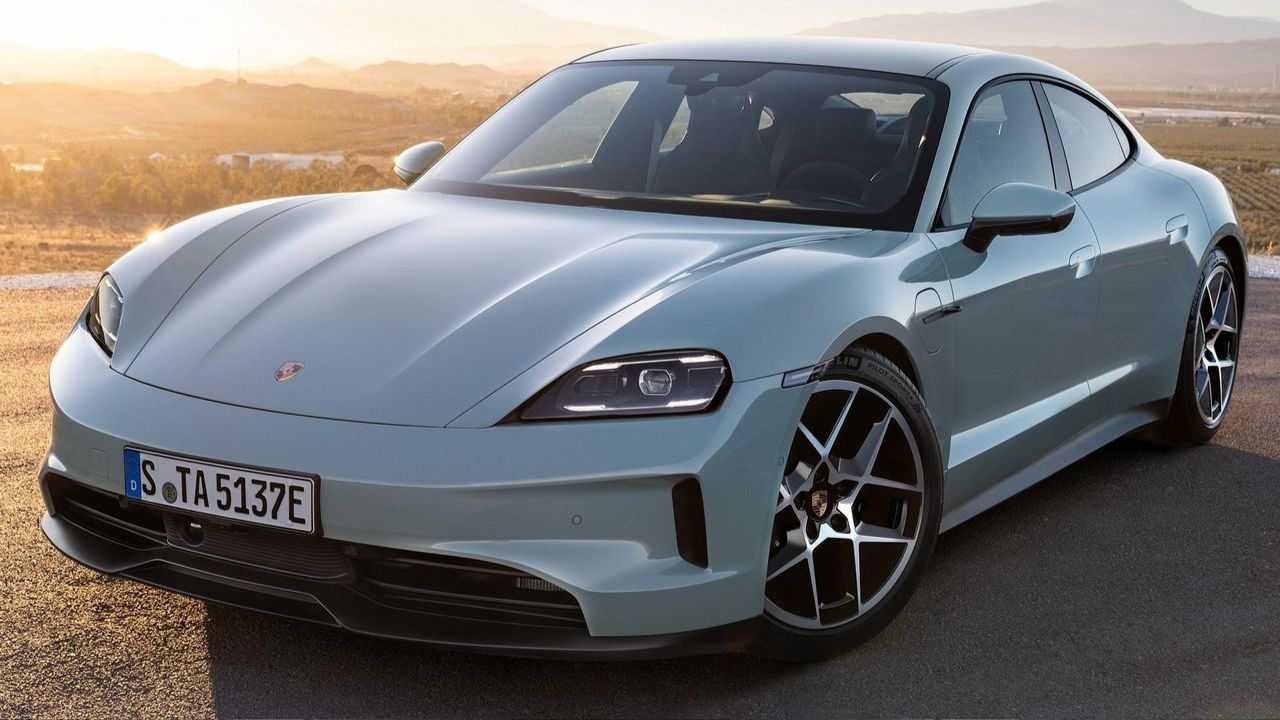


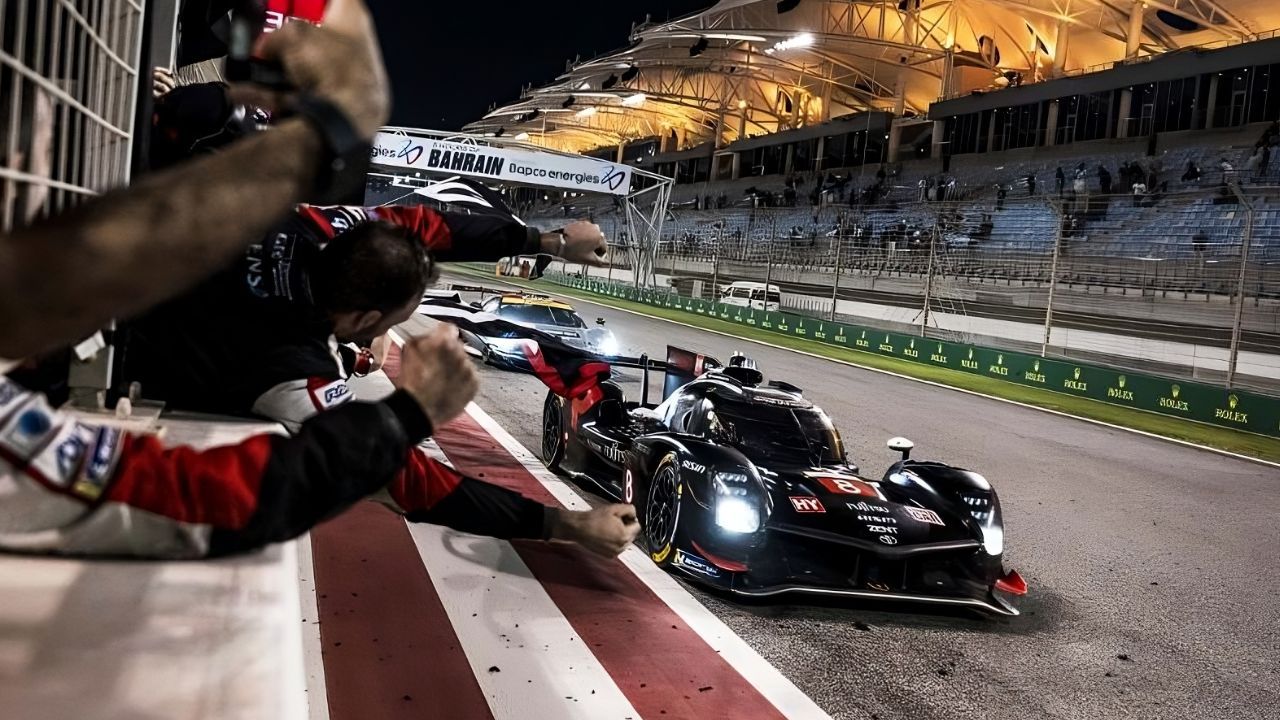
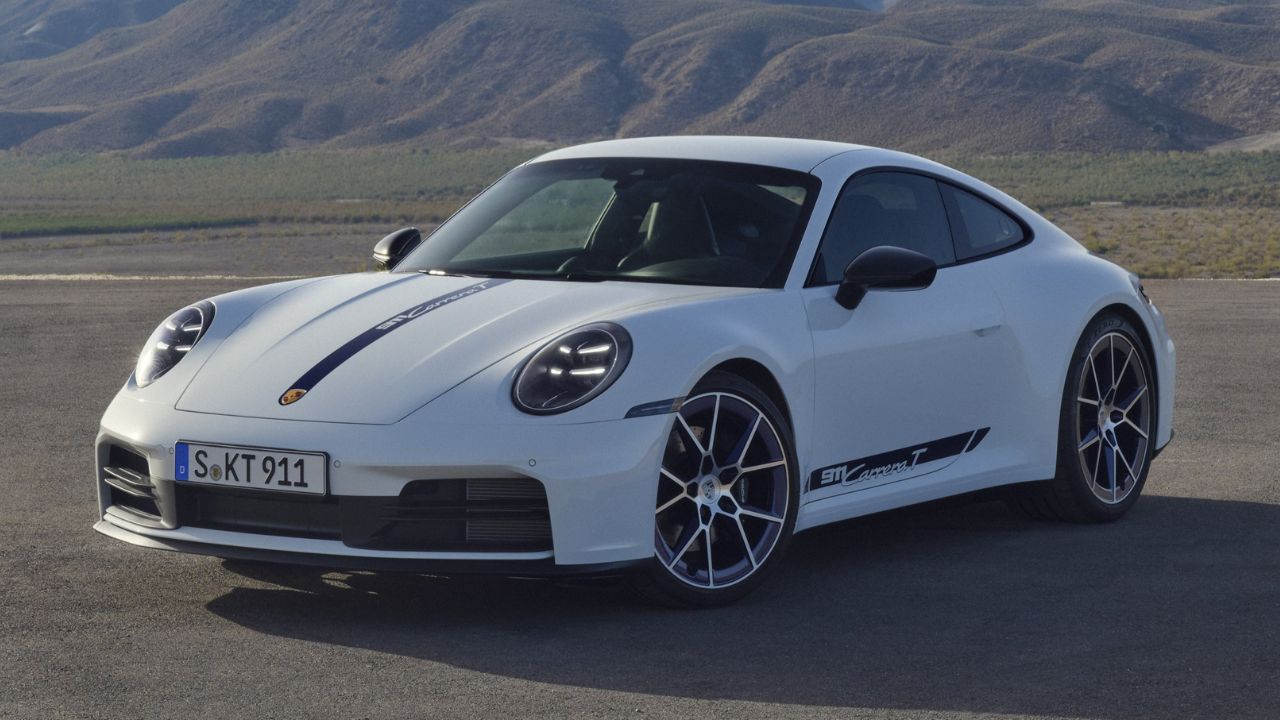

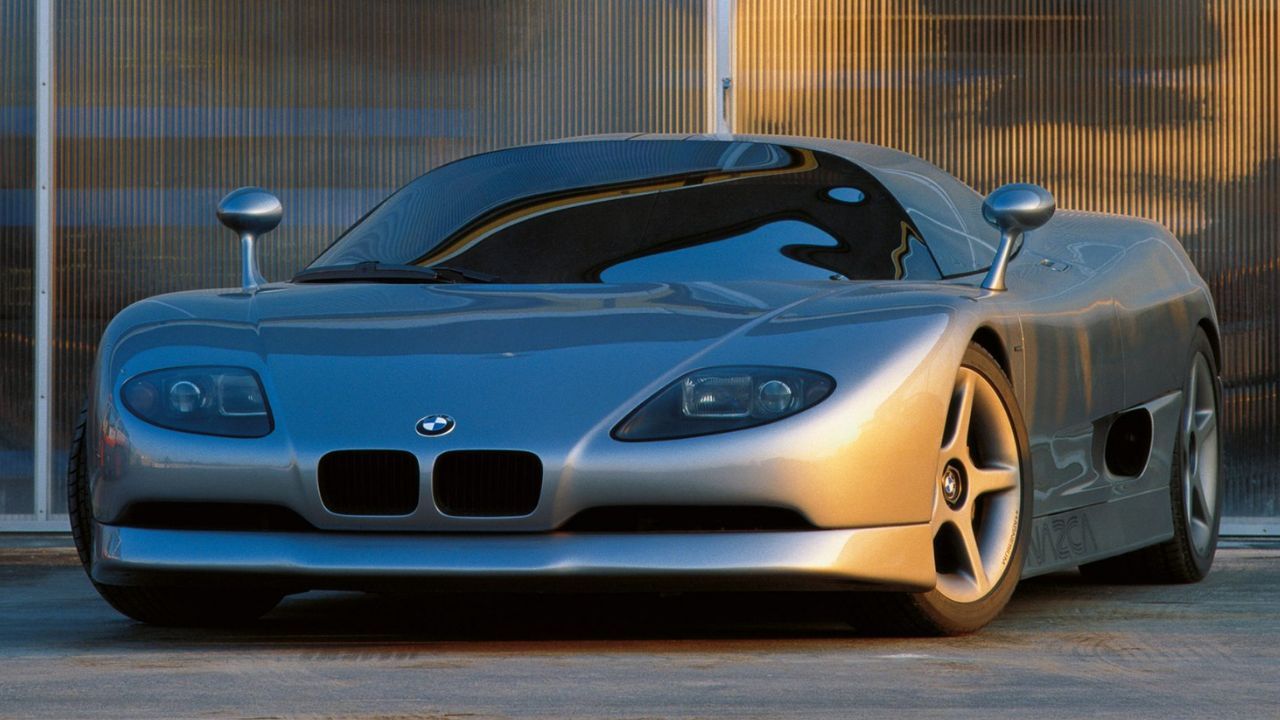


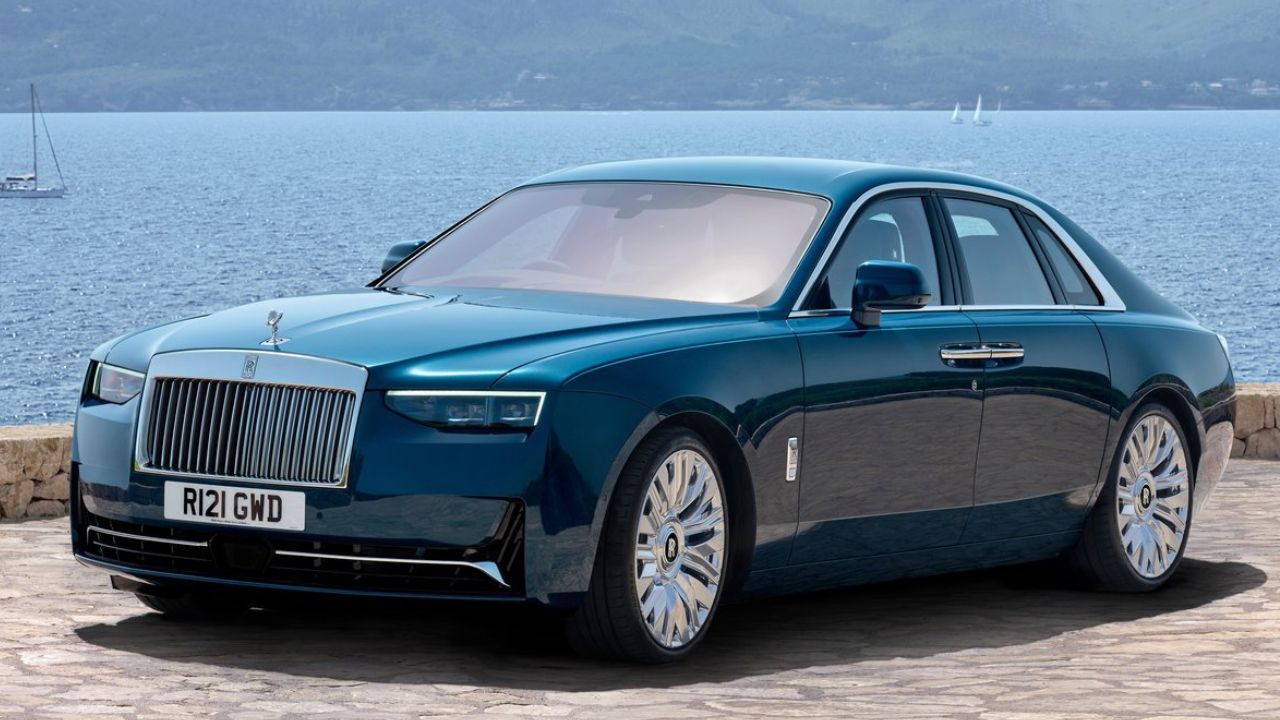
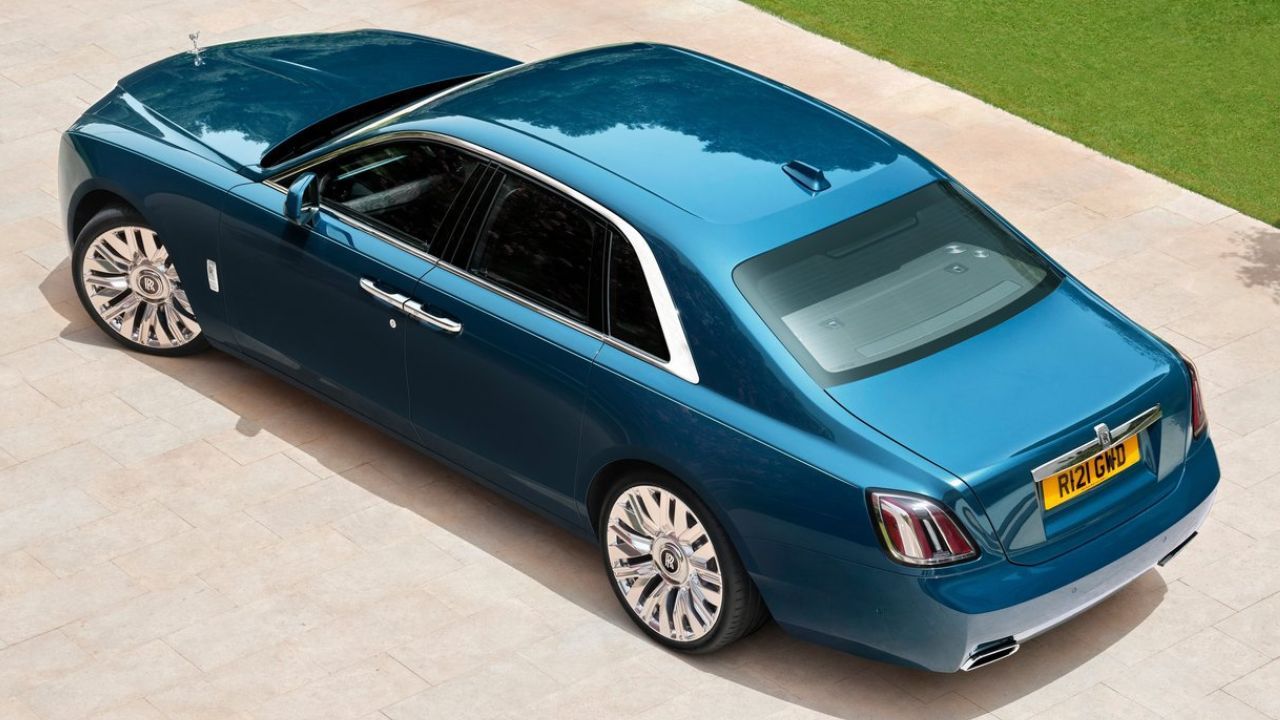

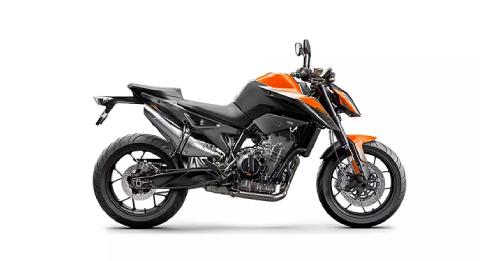
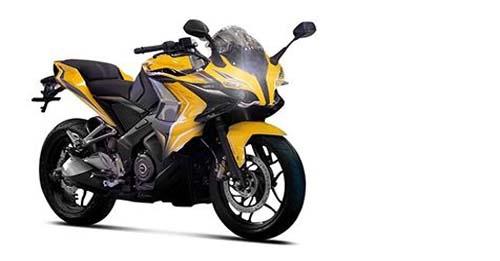
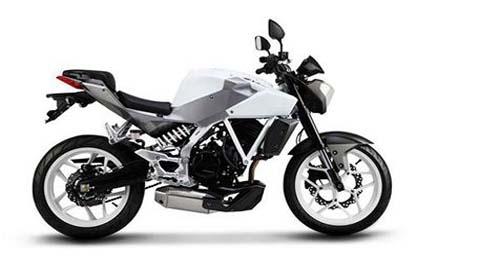
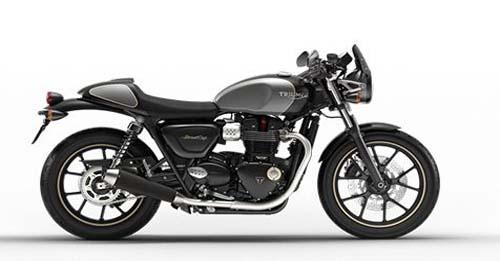










Write your Comment on